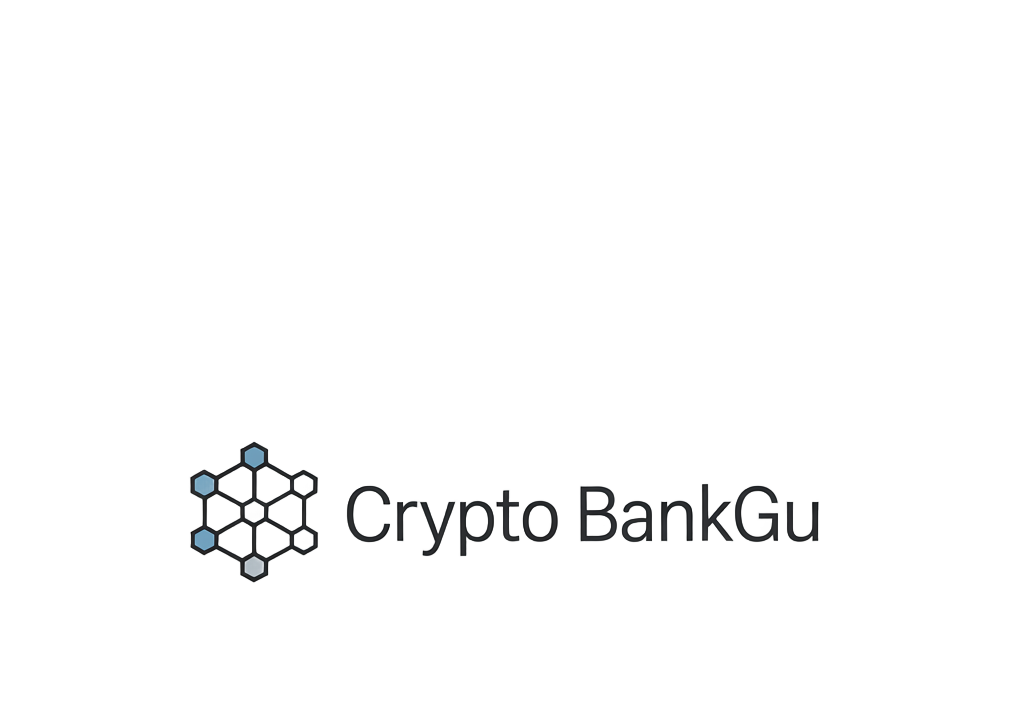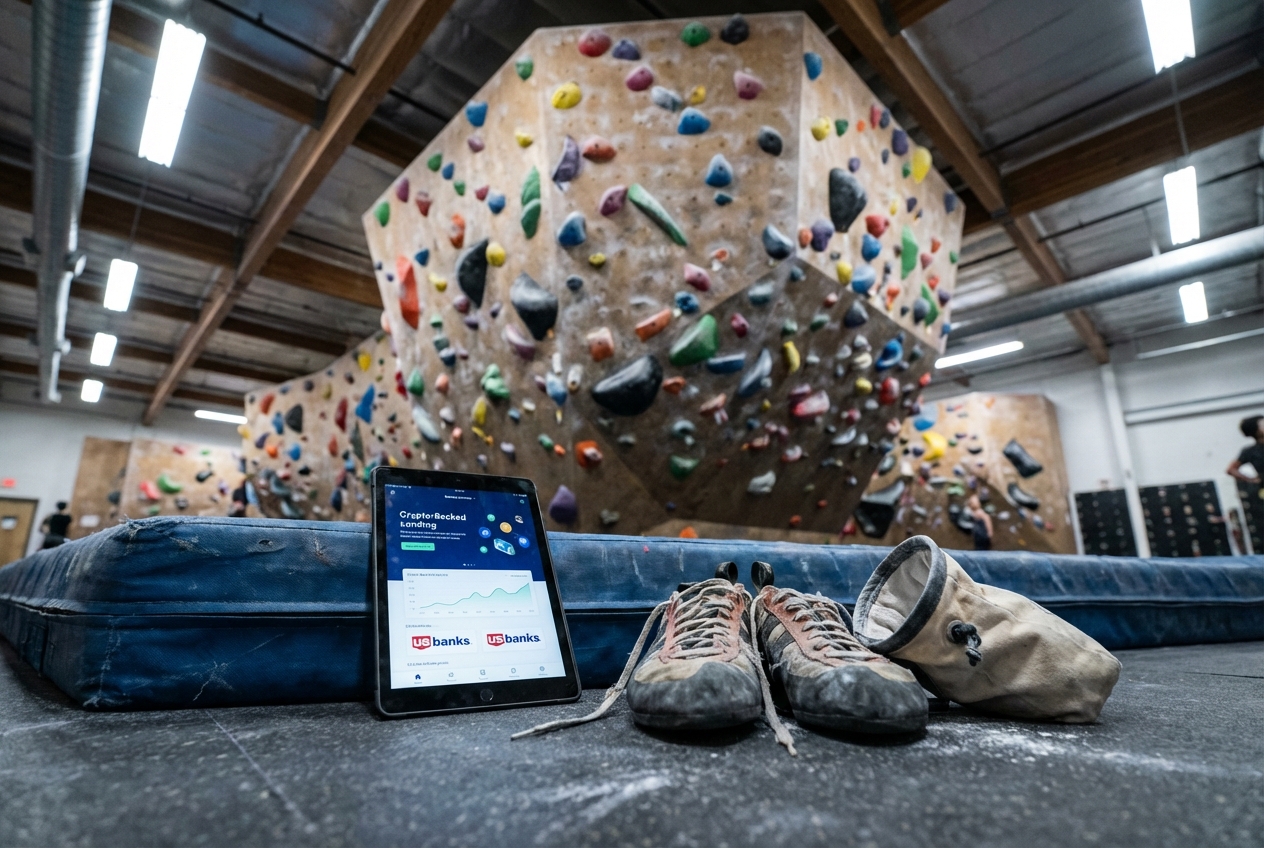
LayerBankFi is emerging as a pivotal player in the on-chain crypto banking sector by integrating real world assets (RWA) into decentralized finance. In a year where the total value locked (TVL) in on-chain RWAs has climbed above $10 billion, LayerBankFi’s approach is attracting serious attention from both institutional and retail market participants. Their mission: unify fragmented blockchain liquidity, bridge traditional and digital assets, and deliver scalable, secure DeFi infrastructure.
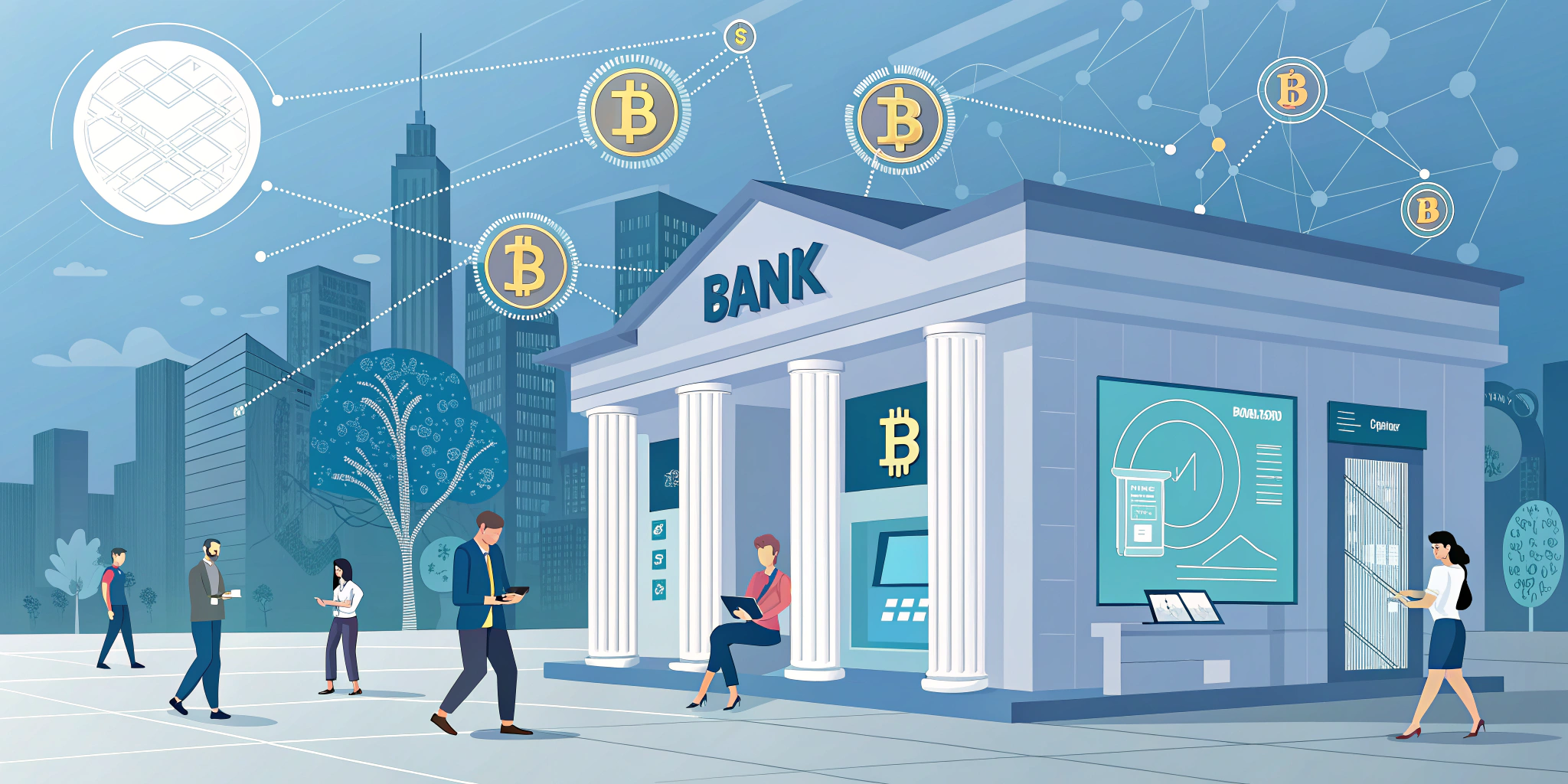
LayerBankFi’s Core Innovations in On-Chain Crypto Banking
The project’s architecture is designed to address some of the most persistent pain points in crypto banking. By leveraging Bitcoin’s robust security through Rootstock while offering Ethereum-compatible DeFi experiences, LayerBankFi delivers a unique blend of safety and flexibility.
- Cross-Chain Liquidity Hub: A real-time platform for lending and borrowing across multiple chains. This tackles the fragmentation that often plagues DeFi markets, enabling users to tap into liquidity pools regardless of their blockchain of choice.
- Omnichain Stablecoin ($LBUSD): Unlike typical stablecoins, $LBUSD generates sustainable yields from tokenized RWAs, think tokenized real estate or private credit, providing a more resilient foundation for global DeFi liquidity.
- Leverage Looping Vaults: Automated vaults allow users to maximize yields via one-click strategies powered by DEXs and liquid staking tokens. This streamlines complex yield-maximizing techniques that previously required manual intervention.
This multi-pronged approach positions LayerBankFi as a contender among the top RWA crypto projects of 2025, alongside Chromia and Ondo (source).
The RWA Revolution: From Tokenized Real Estate to Permissionless Lending
The surge in demand for RWAs comes as investors seek stable yields and transparent access to traditional financial instruments, now made possible through blockchain technology. According to Mondaq’s analysis, tokenization offers enhanced liquidity, transparency, and accessibility for everything from real estate to trade finance.
Top Use Cases for Real World Assets in DeFi
-
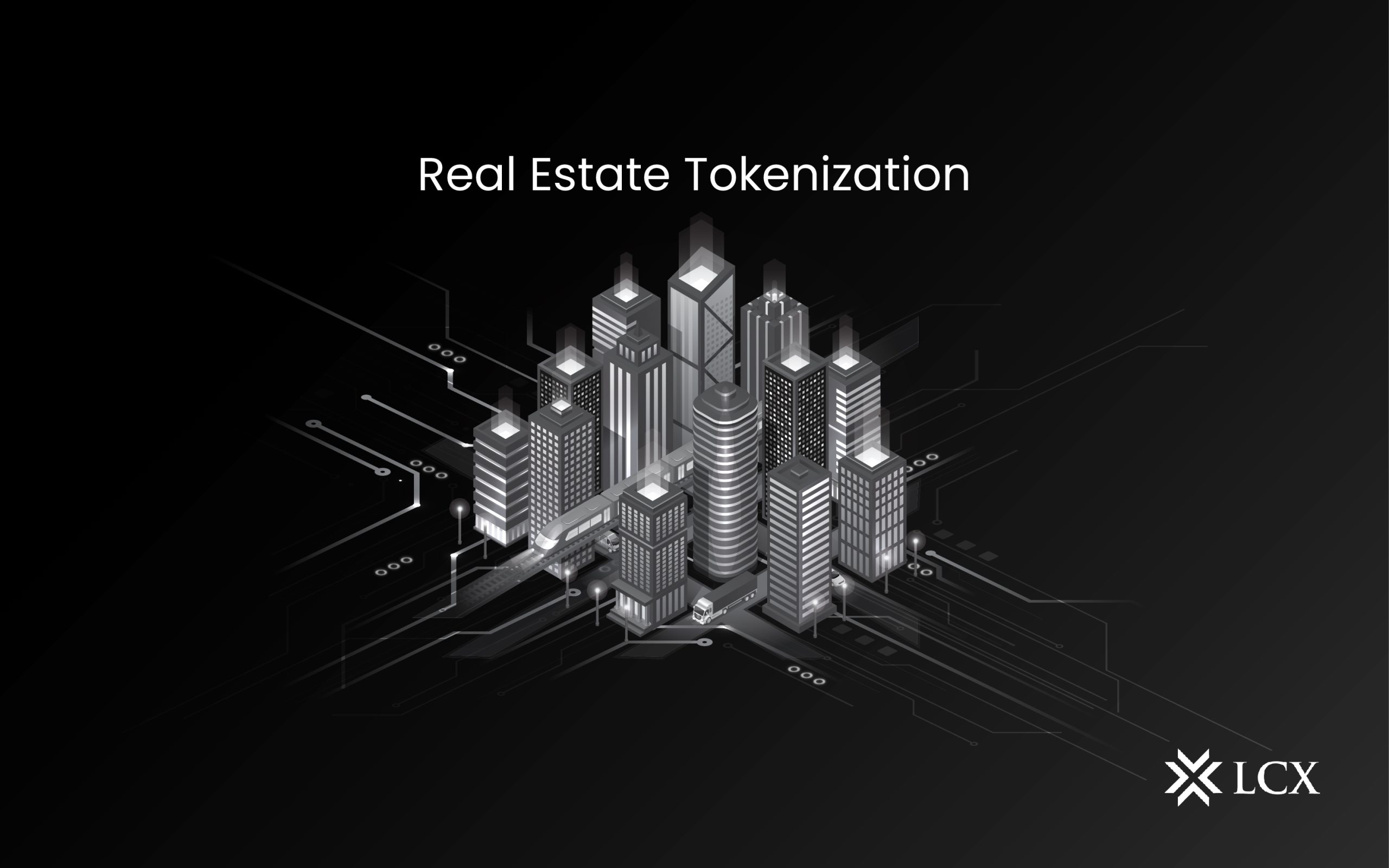
Tokenized Real Estate: Platforms like Ondo Finance and RealT enable users to buy, sell, and fractionalize ownership of real estate properties on-chain, increasing liquidity and lowering entry barriers for global investors.
-

On-Chain Treasury Bills and Bonds: Projects such as Ondo Finance and Maple Finance offer tokenized U.S. Treasury bills and corporate bonds, providing DeFi users with access to regulated, yield-generating traditional assets.
-
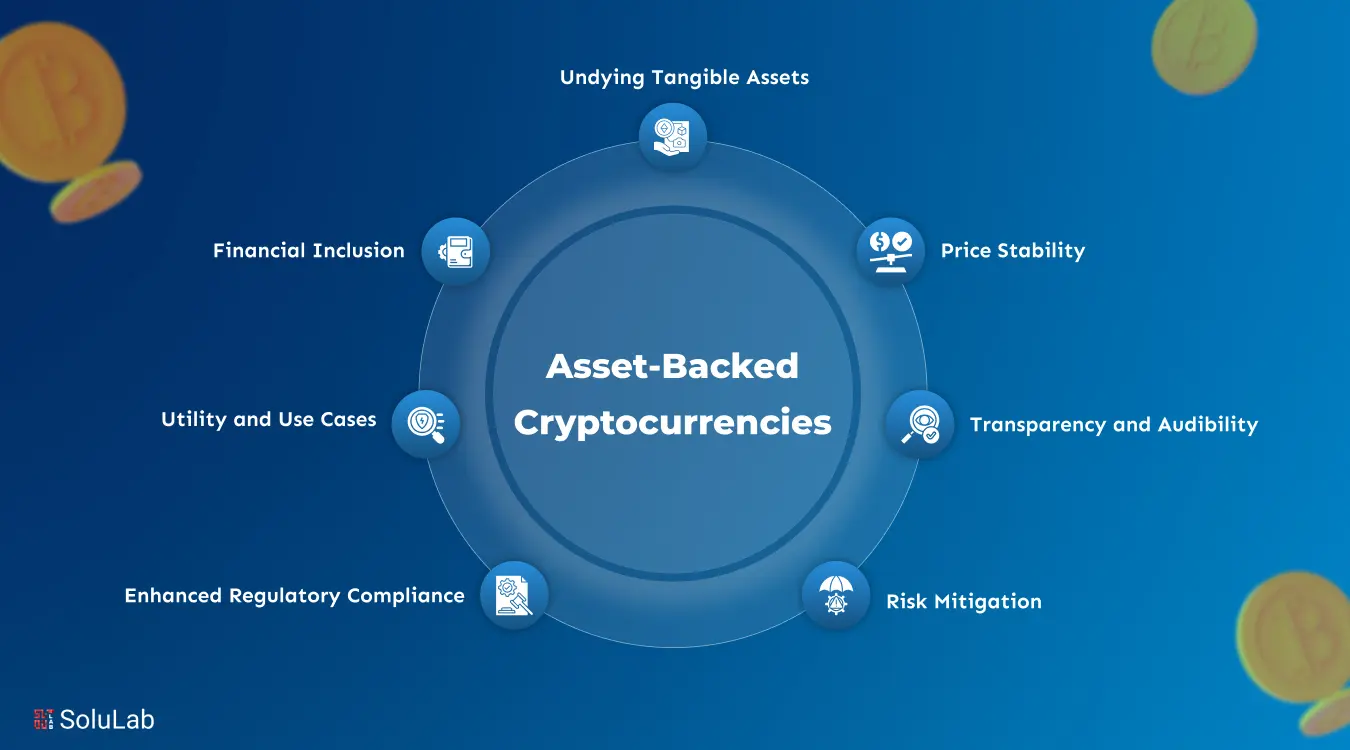
Stablecoins Backed by Real World Assets: Protocols like MakerDAO (Dai) and LayerBankFi ($LBUSD) are pioneering stablecoins collateralized by assets such as real estate, bonds, or commodities, enhancing stability and transparency in DeFi.
-
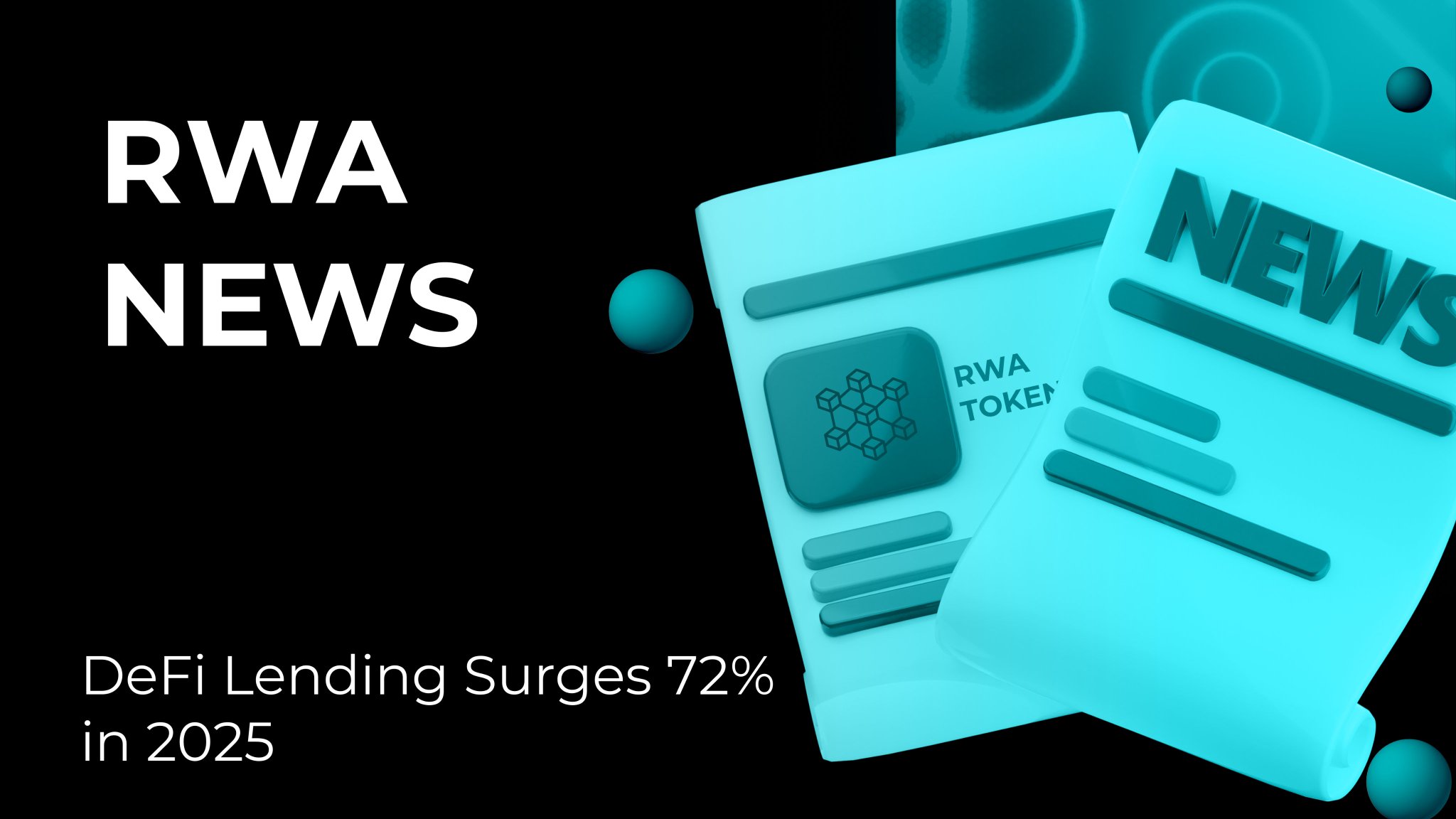
RWA-Backed Lending and Borrowing: Platforms including Goldfinch and Centrifuge allow borrowers to use tokenized real-world assets as collateral, unlocking capital for businesses and individuals while offering lenders real-world yield exposure.
-

Commodities Tokenization: Projects like Sygnum Bank and Tangem facilitate the tokenization of commodities such as gold and precious metals, enabling 24/7 trading, fractional ownership, and global access.
-
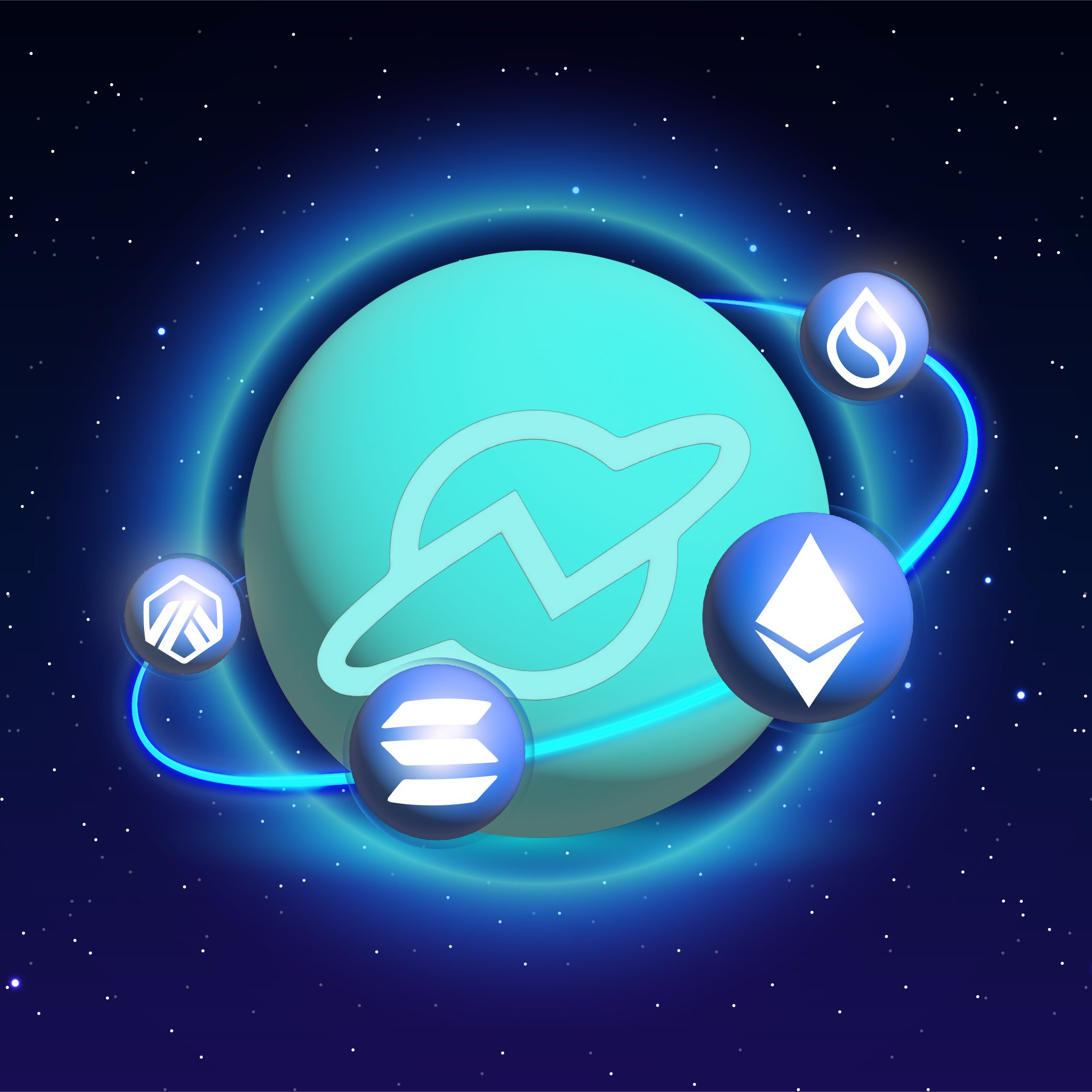
Cross-Chain RWA Liquidity Hubs: Platforms such as LayerBankFi and Chromia are building cross-chain solutions that unify RWA liquidity across multiple blockchains, improving accessibility and capital efficiency for DeFi participants.
This trend isn’t just about speculative growth, it’s about transforming how capital flows globally. With projects like LayerBankFi at the forefront, permissionless lending backed by tangible assets is quickly becoming reality rather than theory.
Strategic Alignment with Rootstock: Security Meets Interoperability
A critical differentiator for LayerBankFi is its deployment on Rootstock. Rootstock brings Bitcoin-level security together with EVM compatibility, meaning users get low fees without sacrificing access to advanced smart contract capabilities. This strategic foundation is crucial as cross-chain frameworks like xRWA push interoperability further by focusing on identity management and seamless asset transfer between chains (source).
The result? A robust ecosystem where users can interact with both digital-native assets and RWAs under a single permissionless roof, a vision that’s quickly gaining traction among sophisticated DeFi participants seeking both yield opportunities and risk mitigation.
LayerBankFi’s momentum is not happening in a vacuum. As the appetite for on-chain crypto banks grows, competition has intensified among RWA DeFi protocols. What sets LayerBankFi apart is its disciplined approach to security and risk management, critical factors in an era where smart contract exploits and governance attacks remain top concerns for investors and institutions alike.
The platform’s codebase has undergone rigorous audits, with transparency reports published at every major upgrade cycle. This proactive stance is resonating with users who demand both innovation and accountability from their DeFi providers. As regulatory scrutiny increases worldwide, LayerBankFi’s focus on compliance-ready infrastructure could prove decisive in attracting institutional capital without sacrificing the permissionless ethos that defines decentralized finance.
How LayerBankFi Stacks Up Against Other RWA Crypto Projects
The RWA sector has seen breakout performances from projects like Chromia and Ondo, each bringing unique strengths to the table. Chromia emphasizes relational blockchain technology for scalable dApps, while Ondo specializes in tokenized treasuries and yield products. However, few match LayerBankFi’s ability to unify liquidity across multiple chains while anchoring its operations to Bitcoin’s security model via Rootstock.
LayerBankFi vs Chromia vs Ondo: RWA & Cross-Chain Comparison
-
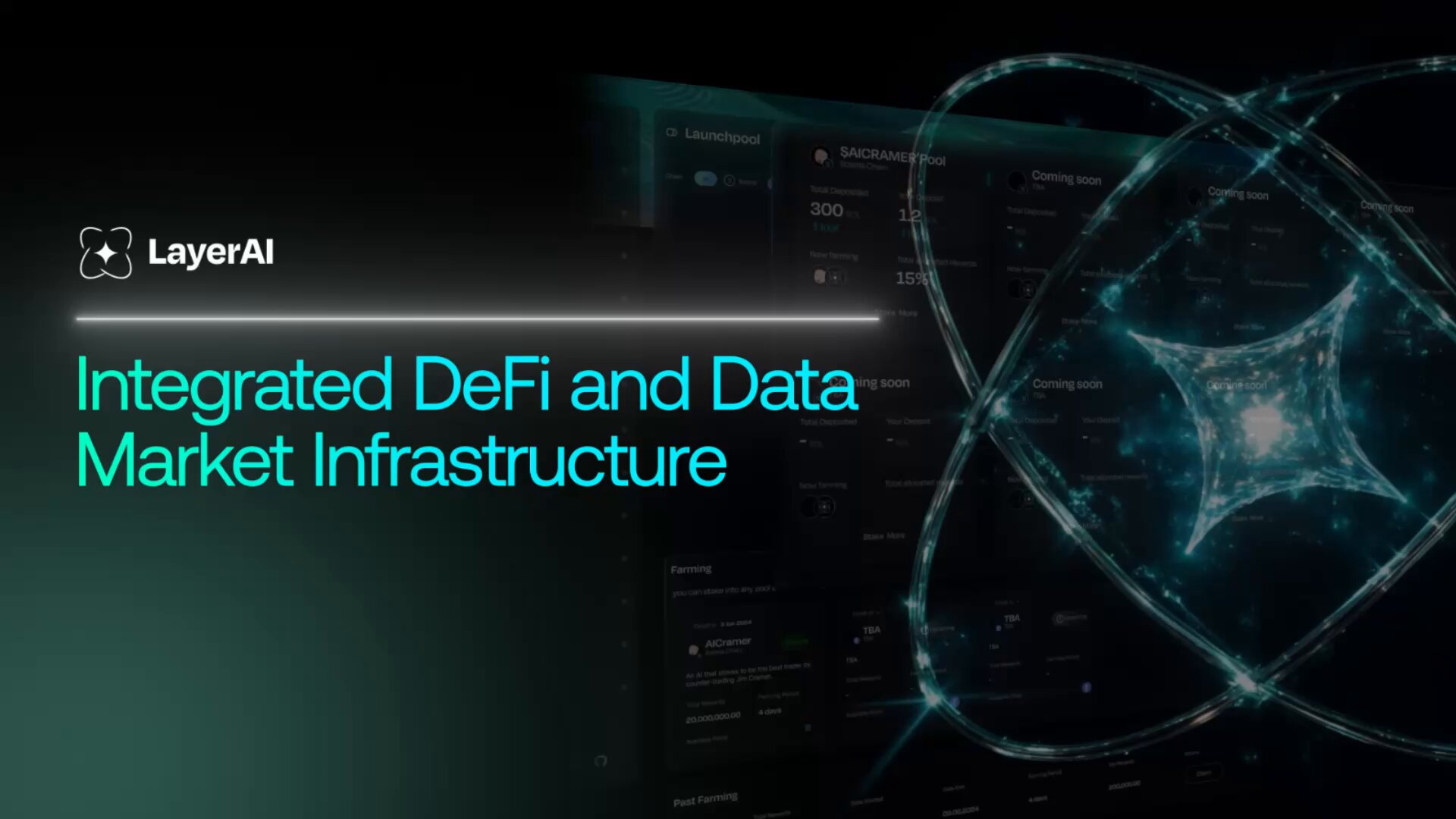
LayerBankFi: Omnichain RWA Integration & Bitcoin SecurityLayerBankFi stands out by enabling real-world asset (RWA) lending within a Bitcoin-secured, omnichain environment. Its cross-chain liquidity hub supports real-time lending and borrowing across multiple blockchains, while the upcoming $LBUSD stablecoin is designed to deliver sustainable yields from RWAs. User experience is enhanced by one-click leverage looping vaults and Ethereum-compatible DeFi access on Rootstock, combining high security, low fees, and seamless interoperability.
-
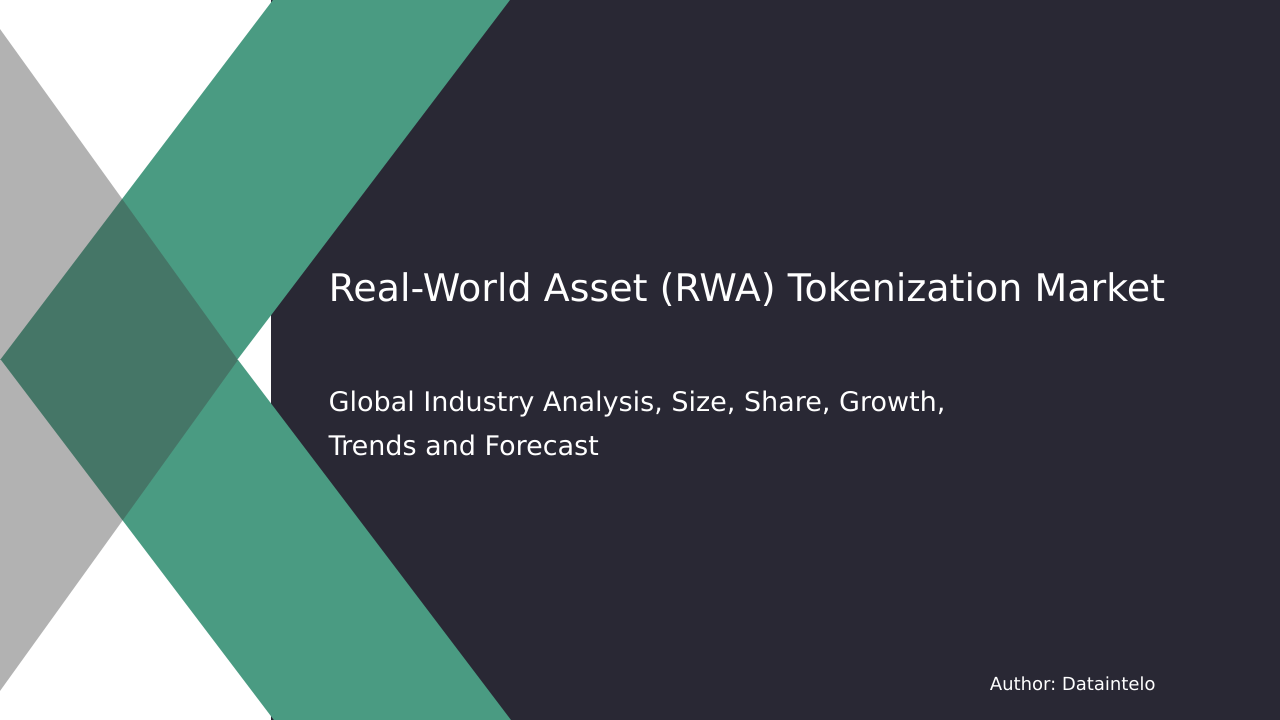
Chromia: Relational Blockchain for RWA TokenizationChromia leverages its unique relational blockchain architecture to facilitate tokenization of real-world assets with high scalability and customizable dApps. Its cross-chain capabilities enable integration with Ethereum and Binance Smart Chain, supporting a growing ecosystem of decentralized applications focused on real estate, gaming, and finance. Chromia emphasizes developer-friendly tools and a user-centric experience, making RWA onboarding accessible and efficient.
-
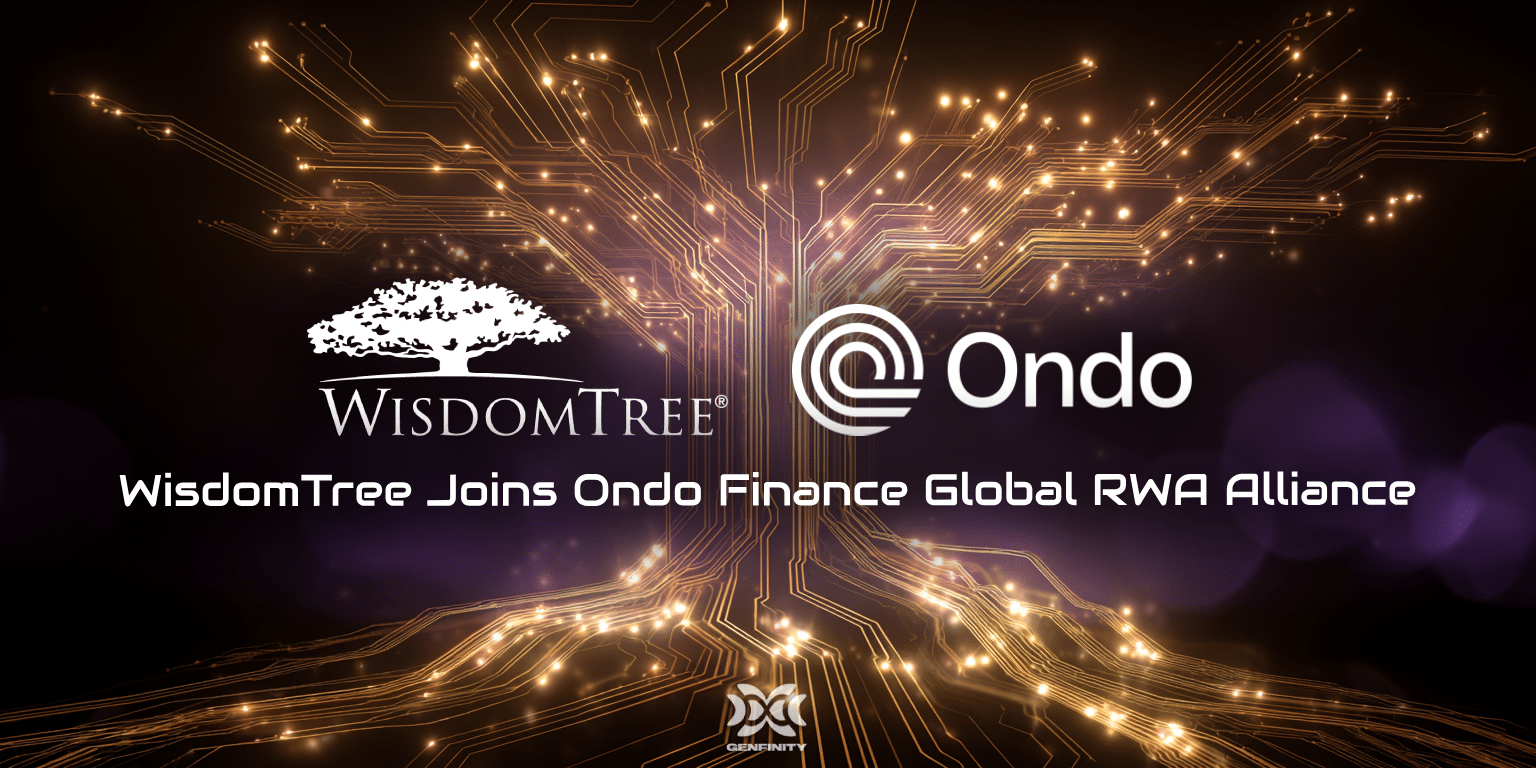
Ondo: Institutional-Grade RWA Tokenization & YieldOndo specializes in tokenizing institutional-grade RWAs such as U.S. Treasuries and bonds, offering on-chain products like OUSG for compliant yield generation. While primarily built on Ethereum, Ondo is expanding cross-chain access through integrations with major networks. The platform focuses on regulatory compliance, transparent asset backing, and a streamlined interface for both retail and institutional users, emphasizing security and trust in RWA DeFi.
Moreover, LayerBankFi’s omnichain stablecoin ($LBUSD) is positioned as a foundational layer for global DeFi liquidity, a move that could influence how future protocols design yield strategies around tokenized real-world assets rather than purely crypto-native collateral.
What Comes Next for On-Chain Crypto Banking?
With total value locked (TVL) in RWAs already exceeding $10 billion this year, market participants are watching closely to see which protocols will capture the next phase of growth. For users seeking robust yields with lower volatility and enhanced transparency, the integration of real-world assets into permissionless lending platforms like LayerBankFi offers a compelling proposition.
The roadmap ahead includes deeper integrations with decentralized identity solutions and further automation of complex yield strategies, features designed to make cross-chain crypto banking as seamless as traditional online banking but with far greater flexibility and global reach.
Key Takeaways for Crypto Bank Users
- Security-first architecture: Rootstock deployment ensures Bitcoin-grade security for all operations.
- Omnichain capabilities: Users can lend, borrow, or deploy capital across multiple blockchains without manual bridging headaches.
- Sustainable yields: Real-world asset backing provides resilience against market volatility often seen with purely digital collateral.
- User-centric design: Automated vaults simplify complex strategies into one-click actions suitable for both novice and advanced users.
The evolution of LayerBankFi, supported by Rootstock’s infrastructure, signals a new chapter where on-chain crypto banks can finally offer the best of both worlds, permissionless innovation anchored by tangible value from real-world assets. For anyone considering a move into cross-chain crypto banking or seeking exposure to the next wave of RWA DeFi growth, keeping an eye on LayerBankFi’s progress through 2025 looks like a prudent bet.
